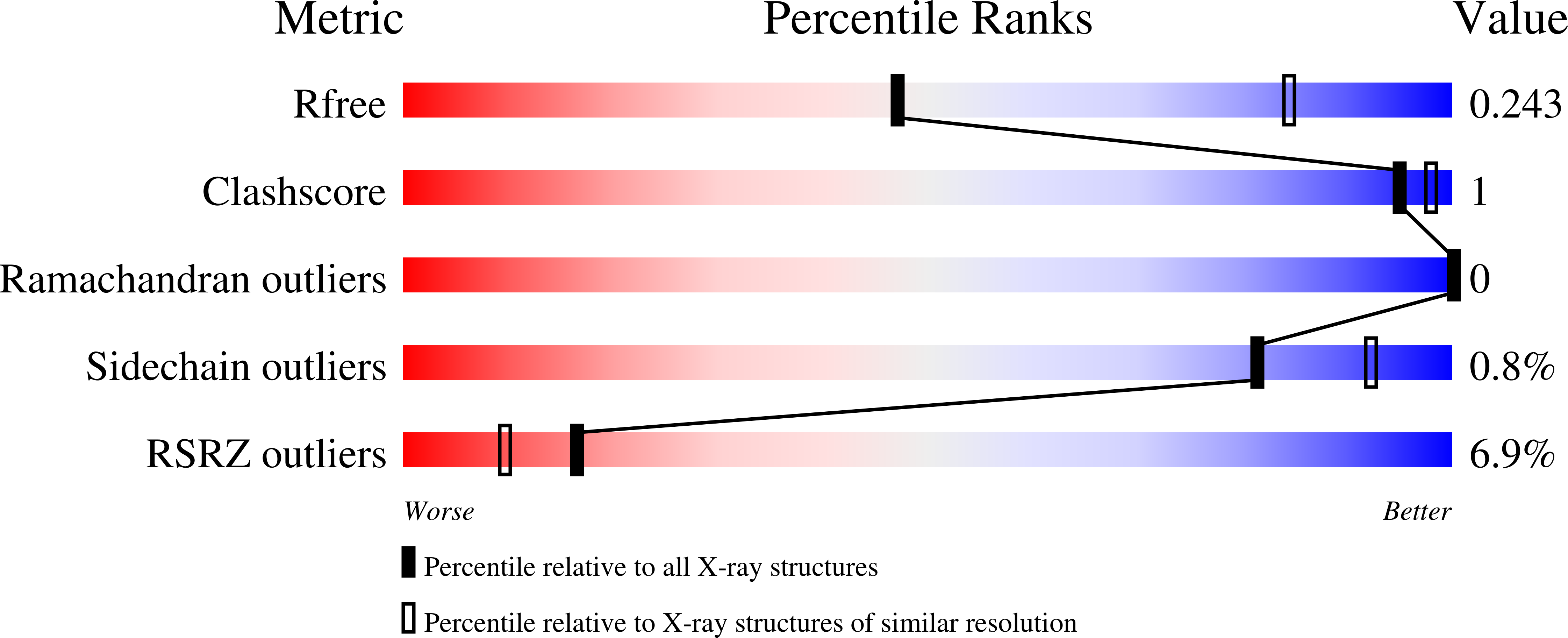
Deposition Date
2021-03-25
Release Date
2022-04-06
Last Version Date
2025-11-05
Entry Detail
PDB ID:
7M5W
Keywords:
Title:
Crystal structure of the HMG-C1 domain of human capicua bound to DNA
Biological Source:
Source Organism:
Homo sapiens (Taxon ID: 9606)
synthetic construct (Taxon ID: 32630)
synthetic construct (Taxon ID: 32630)
Host Organism:
Method Details:
Experimental Method:
Resolution:
2.95 Å
R-Value Free:
0.24
R-Value Work:
0.20
R-Value Observed:
0.21
Space Group:
P 21 21 21


